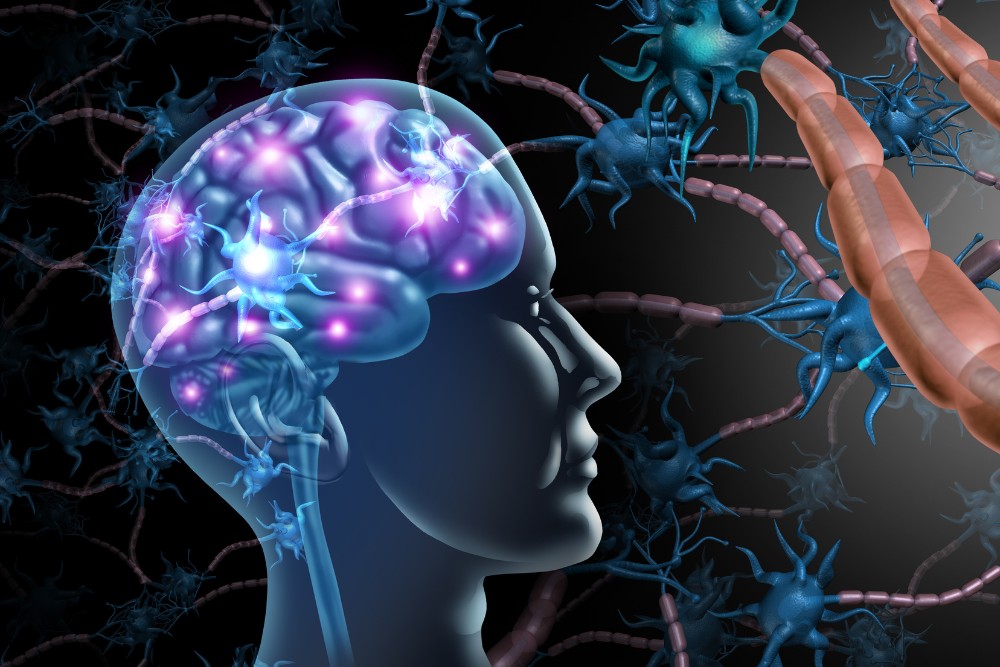Traumatic brain injuries occur without warning, causing varying issues. Sometimes, the symptoms are temporary, while severe damage causes lasting effects. Luckily, it’s possible to rewire your brain after a traumatic injury. To do so, you need the proper treatment, persistence, and patience to improve the chances of recovery. As for the time it takes to retrain the brain after an injury, a process known as neuroplasticity, can vary widely depending on several factors, including the severity and type of the injury, age, rehabilitation therapies.
Several restorative and rehabilitation therapy options are available for those trying to regain their former abilities after head trauma. Physical therapy works your body, while occupational therapy focuses on fine motor skills. Speech therapy improves communication problems, and vocational therapy assists those rejoining the workforce. Cognitive and recreational therapy features enjoyable group activities or one-on-one therapy to boost your social life and positivity levels.

Can You Rewire Your Brain After Injury?
Brain injuries from falls, accidents, car crashes, or other issues cause multiple issues. These include physical problems, such as headaches, nausea, vomiting, slurred speech, and blurry or double vision. Cognitive and behavioral complications are also common, including confusion, altered sleep patterns, irritability, memory issues, and reduced concentration.
Though these symptoms are concerning, they don’t have to be permanent. Experts believe it’s possible to rewire the brain after an injury. Such amazing possibilities result from the brain’s ability to alter how it functions to regain lost skills.
The central nervous system uses neuroplasticity for its astonishing recovery after such trauma. Neuroplasticity allows the neural circuits to adapt and change how they function. Cells, synapses, and molecules alter as needed, as do larger neural pathways. As these modifications occur, the brain regains old abilities using new methods.
Of course, that phenomenal organ can’t do all the work. It needs assistance, which is why medical professionals recommend rehabilitation therapies. These treatments focus on specific areas, including motor, cognitive, and behavioral functions.
Patience and persistence
Recovering from brain trauma doesn’t happen overnight. The Ranchos Scale details 10 possible stages of recovery after brain injuries. It details the healing process from the beginning, requiring total assistance, to the end, where patients are mostly independent. Even mild injuries take time to heal, so expecting miracles won’t help you.
Some people choose to change their lifestyle, jobs, and attitude to aid in recovery from brain injuries. These changes can be important for adapting to new limitations, maximizing recovery, and improving overall quality of life.
Instead, it’s crucial to be patient, take things slow, and work up to more complex tasks. Persistence is also vital since the most promising results occur within the first two years after the injury. During this time, the brain works hard to rewire itself, so staying on top of your treatments is crucial. In fact, some evidence shows improvements up to 10 years after the injury, so giving up isn’t an option.
Role of rehabilitation therapies
The role of rehab therapies after a brain injury is to help you recover skills and functions you may suddenly struggle with. Doing so may include finding new methods for performing tasks, which is part of rewiring the brain after the injury.
Each treatment focuses on a specific area. Physical therapy focuses on strength, range of motion, and balance. Physical activity can improve cognitive function, mood, and overall brain health. People recovering from brain injuries often incorporate regular, tailored exercise into their routines to enhance neuroplasticity.
Occupational therapy improves motor skills for daily tasks like self-care, and cooking. It helps to regain independence and focus on practical activities. Occupational therapists tailor interventions to each person’s specific needs and goals. This therapy enhances motor skills, cognitive function, and adaptability, enabling individuals to manage their environment and routines more effectively. It also addresses emotional well-being, builds confidence, and improve their quality of life.
You may also require speech therapy for communication problems and cognitive therapy to improve focus, memory, and organizational skills. Psychological counseling helps you cope with limitations and deal with negative emotions to prevent loss of motivation for recovery.
Resources:
- National Institute of Neurological Disorders and Stroke (NINDS), Traumatic Brain Injury (TBI)
https://www.ninds.nih.gov/health-information/disorders/traumatic-brain-injury-tbi - NCBI, Neuroplasticity after Traumatic Brain Injury
https://www.ncbi.nlm.nih.gov/books/NBK326735/ - PubMed, Aug. 22, 2022, Ranchos Los Amigos
https://pubmed.ncbi.nlm.nih.gov/28846341/ - NCBI, Dec. 17, 2005, Long term outcome after traumatic brain injury
https://www.ncbi.nlm.nih.gov/pmc/articles/PMC1315633/ - National institute of Child Health and Human Development (NICHD), What are the treatments for traumatic brain injury (TBI)?
https://www.nichd.nih.gov/health/topics/tbi/conditioninfo/treatment
This content comprises informative and educational resources only and can not be considered as a substitute for professional health or medical guidance. Reliance on any information provided in this article is solely at your own risk. If you have any inquiries or apprehensions about your medical condition or health goals, talk with a licensed physician or healthcare provider.






Leave A Comment